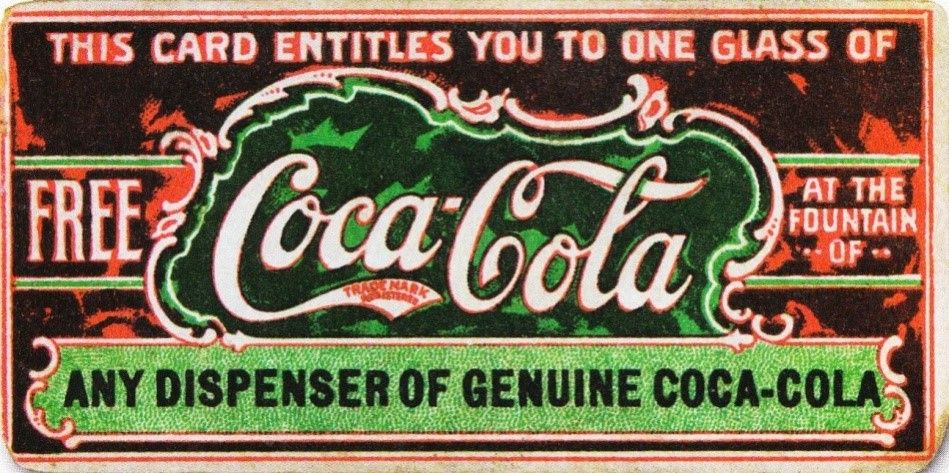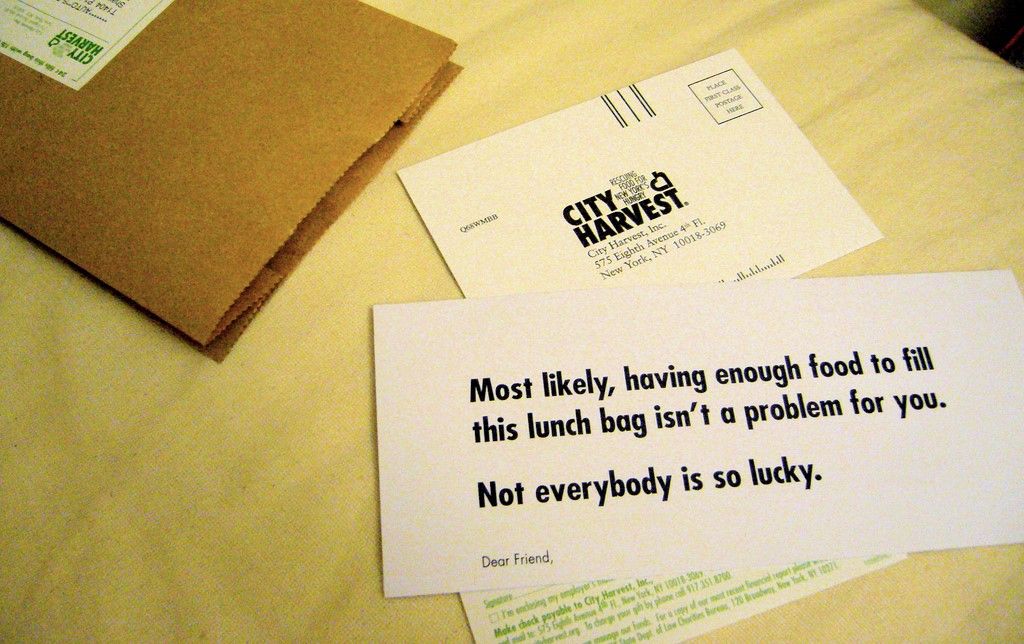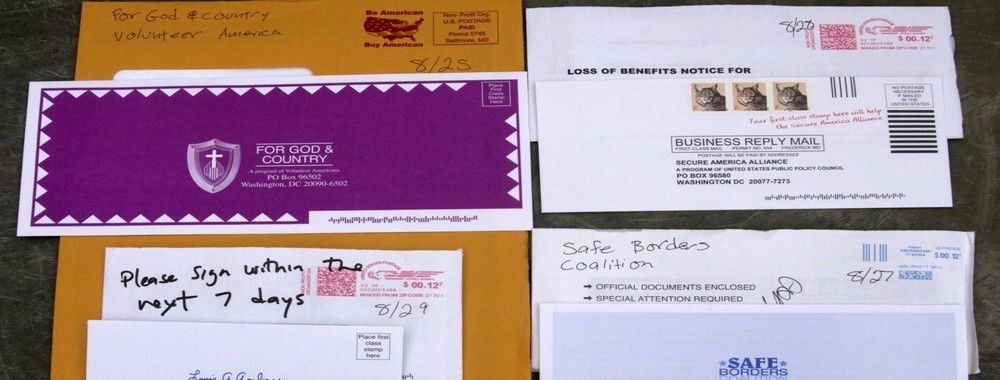There’s life in the old things yet. While direct mail marketing may not be as sexy as internet marketing or as straightforward as telemarketing, it can still bring profitable results for some freelancers and entrepreneurs. Learning how to approach direct mail marketing makes it easier for you to know whether, or not, it might be a good idea for your freelance or start-up business.
Direct mail can seem a little old-fashioned in the days of internet marketing; however, some freelancers and entrepreneurs swear by it. They say that it offers an additional means of getting their foot through the door, and if the mail is of a high quality, it can bring impressive results.
The Cons of Direct Mail
It’s worth noting that many first-time freelancers and entrepreneurs will choose not to use direct mail. It’s often a choice employed at a later date in a company’s life cycle when there’s more budget to be spent on advertising because:
It’s expensive compared to other forms of marketing. Printing, envelopes and postage cost money.
It’s slower than other forms of marketing. You have to design the mailing, print it, put in envelopers, post it out and wait for a response.
Its conversion rates are pretty low. At best, direct mail brings in 2–3% returns; at its worst, it brings in much lower conversion rates. For services, the conversion rates are usually lower than when selling products.
It can be unpopular with customers. The most common term for direct mail is “junk mail”. Some people really dislike junk mail. Many are wise to tricks such as handwritten-style print and details personalised to the recipient. Assuming your letter to contain promises of a free lunch, many will put it straight in the recycling bin, unopened.
 Author/Copyright holder: Judith E. Bell. Copyright terms and licence: CC BY-SA 2.0
Author/Copyright holder: Judith E. Bell. Copyright terms and licence: CC BY-SA 2.0
One of the downsides of direct mail marketing is that it can be viewed as “junk mail”, and in today’s world, it’s not very eco-friendly either.
The 9 Most Effective Tips for Direct Mail Marketing
If none of the disadvantages are enough to put you off direct mail marketing, then there are some tips to help you get the most from it:
Make sure you have a named contact as a recipient. Mail addressed to “whomever it may concern” is much more likely to go in the bin than personally addressed mail. Telemarketing can be a good way to discover the right names for direct mail.
Even if you buy a list for direct marketing – confirm the details before using it. Plenty of people will sell you data for direct mails campaigns. The trouble is that this kind of data decays quickly. People move on to new jobs. Companies close down. If you don’t use telemarketing to confirm the validity of the data, a lot of your direct mail may never get to anyone at all.
Include a special offer – direct mail is all about catching someone’s eye and getting them to respond there and then. If they put down the letter… they may never pick it back up again. Special offers help incentivize quick action.
 Author/Copyright holder: Coca-Cola. Copyright terms and licence: Public Domain.
Author/Copyright holder: Coca-Cola. Copyright terms and licence: Public Domain.
The special offer has a long, long history in direct mail, and it’s every bit as effective today as it was more than 100 years ago for Coca-Cola.
Keep it short and to the point – no one’s going to read an essay. Use an eye-catching headline, highlight any special offers, and keep it to a single side of paper.
Make sure your contact details are clear and easy to find. Don’t make people hunt to find them or they won’t call back.
If you’re a graphic designer, make sure that the layout and presentation reflects your skills. If you’re not, find a graphic designer who specializes in this kind of mail.
Monitor results – as with all forms of marketing, see if you’re getting value for money; if not, change things or ditch direct mail and try something else.
Follow up direct mail with a call – want to really boost conversions on direct mail? Call people (say 24–48 hours after they should have received it) and ask them what they thought or whether they’re ready to take action. This can help ensure that the mail gets read and it can help close sales.
One last thing on direct mail—Don’t overuse it. A letter once a quarter is probably appropriate. Once a month is pushing things. Any more often than that is simply likely to put people off ever using your services. The sheer volume of such direct mail has bred a great deal of cynicism. Don’t give anyone reason to add your business’s name to the “beware” pile.
The Take Away
Direct mail is not normally a first choice marketing technique for start-ups, because it has more drawbacks than other forms of marketing. However, as part of a larger marketing strategy, there’s no reason that it can’t bring in results either.
Test your direct marketing campaigns carefully and ensure that they’re bringing a healthy return on investment. Start small, and then work your way up to big campaigns.
Dean Rieck, the direct mail copywriter says: “Response is one of the five keys of successful direct marketing. And if you have that, the other four don’t matter.” So, when you are evaluating your direct marketing campaigns, always begin with examining the response rate.
 Author/Copyright holder: Shawn Liu. Copyright terms and licence: CC BY-NC-ND 2.0
Author/Copyright holder: Shawn Liu. Copyright terms and licence: CC BY-NC-ND 2.0
Good causes, NGOs and charities know a lot about how to use direct mail to instantly grab the reader’s attention.
References
Hero Image: Author/Copyright holder: Judith E. Bell. Copyright terms and licence: CC BY-SA 2.0












